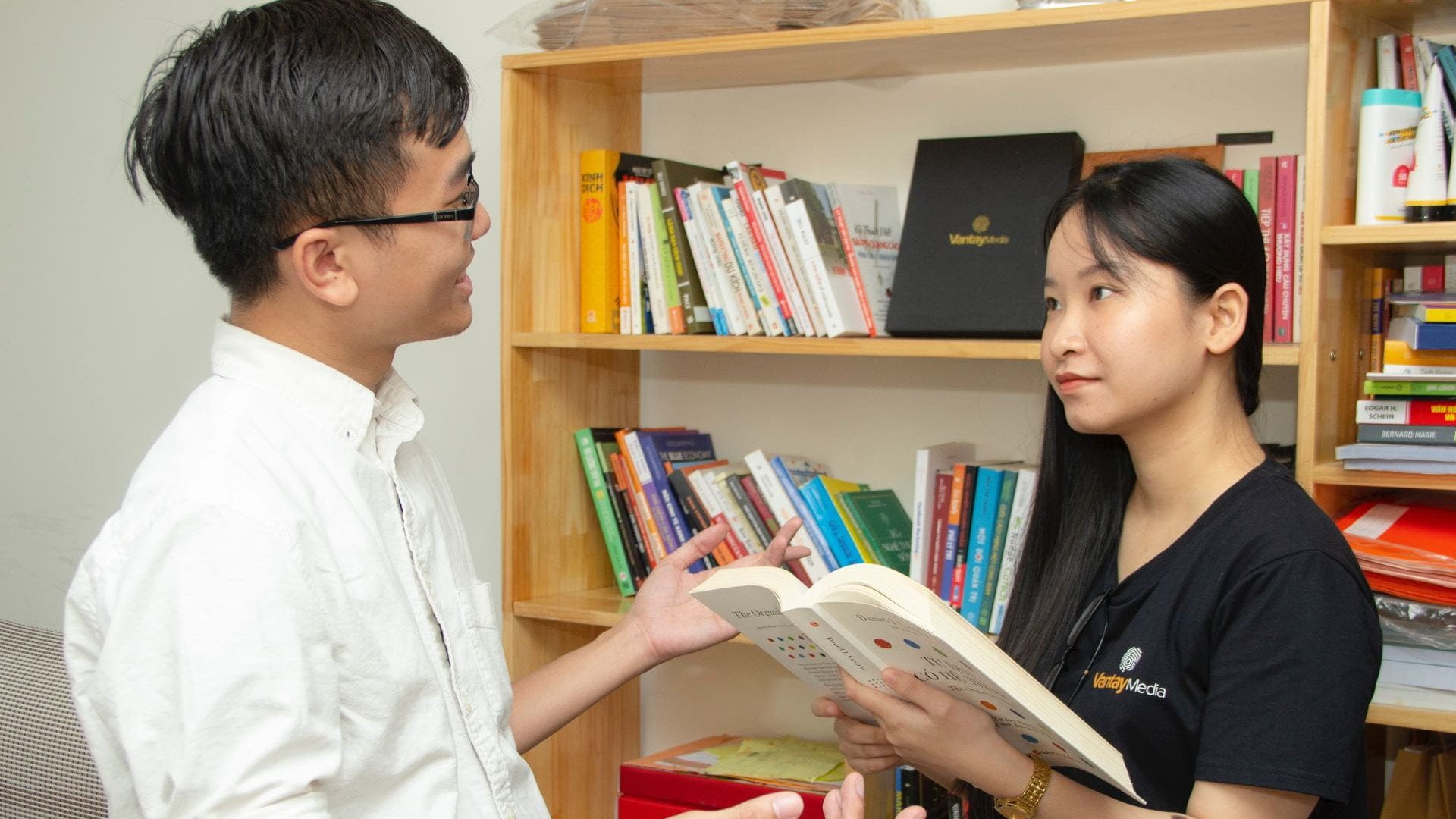Students and their peers
Introducing collaborative practices that maximise students’ opportunities to engage with – and learn from – their peers is a fantastic way of building relationality.

Several positive effects for students are linked to this type of relational learning, such as enhancements in cognitive learning, engagement, and personal growth.4 Asking students to engage with their peers as part of their learning experience will:
- Enhance students’ active engagement with their subject.
- Expand the range of feedback sources, so students aren’t just receiving feedback from teachers.
- Further develop students’ learning, as engaging with peers usually requires students to explain and justify their justification.
- Help students recognise what is considered good work and how better understand the expectations for the course or programme.
Small steps
Several, relatively simple steps can be taken to create relationships between students and their peers.
- Use active learning techniques within the classroom – for example, ask students to think, pair, share – you set a question or problem, then ask students to think about it on their own, talk about it with another student and then share it with the class.
- Move from large group to smaller group activities – the first activity is for the whole group, which divides into two for the next task. Then groups are divided again until students work in pairs or as individuals.
- Use Canvas discussion forums to support collaborative working.
- Asking students to co-create their own criteria for a formative assessment task will help them better understand the requirements of the summative assessment tasks.
- Design opportunities for team and group work within your courses. In the first instance, this can be done in relatively small ways – providing opportunities within the face-to-face or online teaching setting, such as completing group problem sheets. As you grow in confidence and experience, more structured collaborative working can be introduced.
Through such collaborations, students become active co-creators by interacting with each other and at the same time improving valuable interpersonal skills.1 Such approaches are clearly closely aligned with collaborative and peer assessment.
Students and their peers in practice
Teaching Tip: Boost engagement through interactive student poster sessions
Adapted from Christopher Squire’s biochemistry class, this hands-on group activity promotes creativity, discussion, and a fresh approach to engaging with course content.
Teaching Tip: ‘Hot seat’ to foster communication and confidence
Associate Professor Eileen Lueders' innovative activity boosts student engagement and eases anxiety.
Teaching Tip: Set your student teams up for success with a simple team charter
Amanda Di Ienno helps engineering students build stronger, more accountable teams early in their group work.
Teaching Tip: Use Gen-AI to deepen learning and spark creativity
Dr Courtney Ruha (School of Chemical Sciences) helps students connect chemistry to real life through creative, collaborative group projects using generative AI.
See also
Online presence and community of inquiry
We discuss social presence and developing an online community.
Page updated 21/03/2023 (minor edit)
- Neely, Eva, Chinn, Victoria, Jones, Emma, & Uia, Tali. “Wikis in micro-communities: A collaborative and relational learning tool for health promotion”. In Akerman, Marco, & Germani, Ana. International Handbook of Teaching and Learning in Health Promotion: Practices and Reflections from Around the World. (2022). Springer International Publishing. 219-237.) ↩
- Quinlan, Kathleen, M.. “How emotion matters in four key relationships in teaching and learning in higher education”. College Teaching 64, no. 3 (2016): 101-111. ↩
- Maunder, Rachel, E. “Students’ peer relationships and their contribution to university adjustment: the need to belong in the university community”. Journal of Further and Higher Education 42, no. 6 (2018): 756-768. ↩
- Barkley, Elizabeth, F., Major, Claire, H. & Cross, K. Patricia. Collaborative Learning Techniques: A Handbook for College Faculty. 2nd ed. (2014). The Jossey-Bass Higher and Adult Education Series. New York, NY: Wiley & Sons, Inc. ↩




